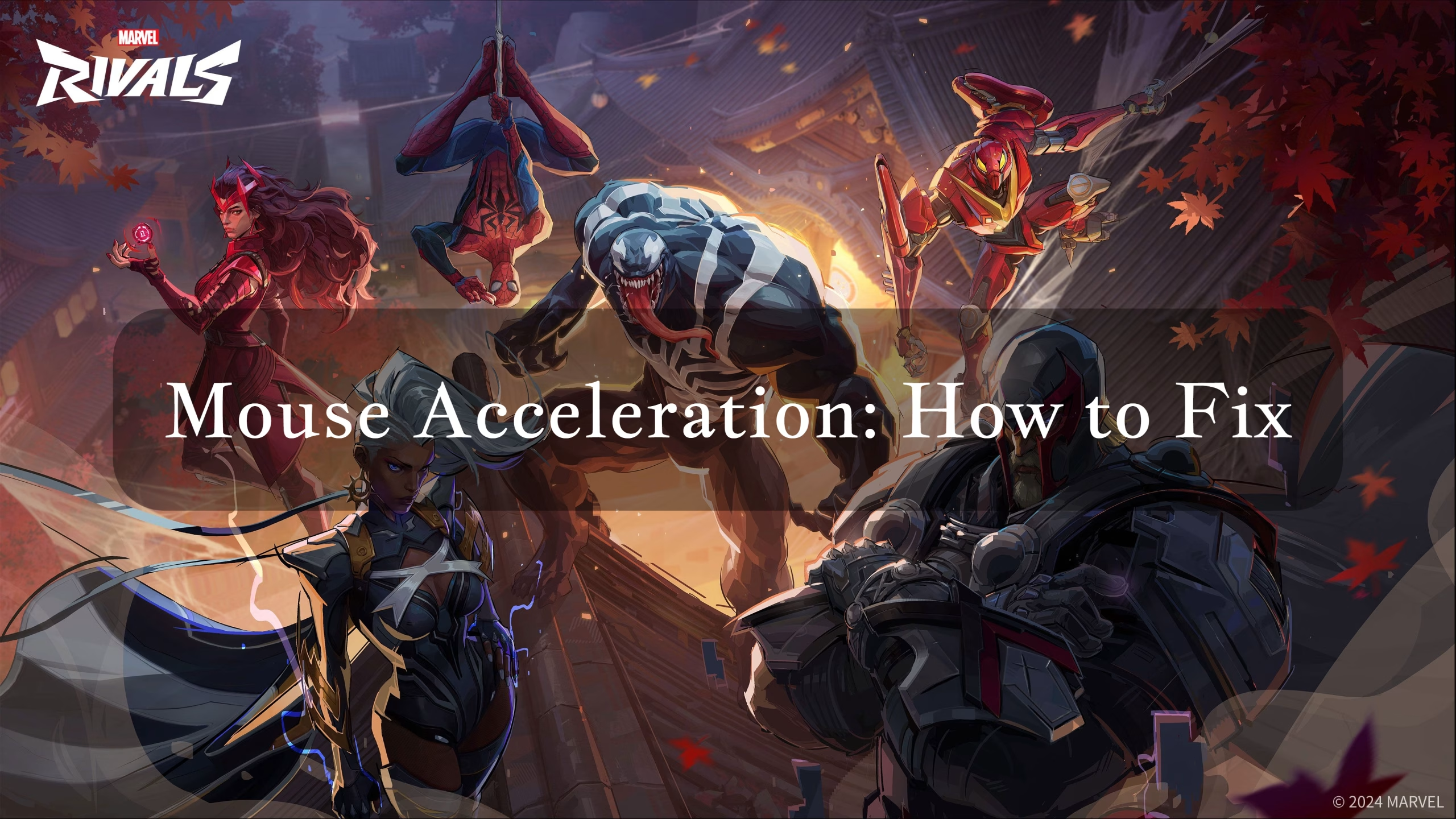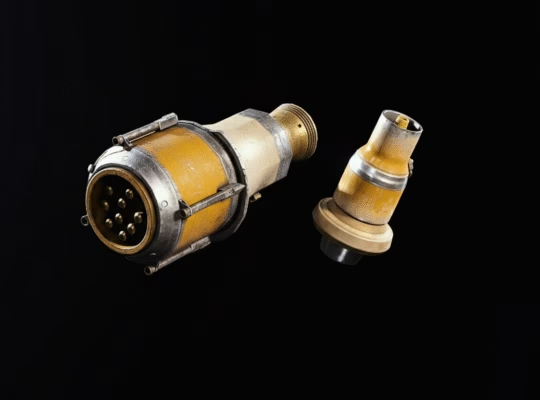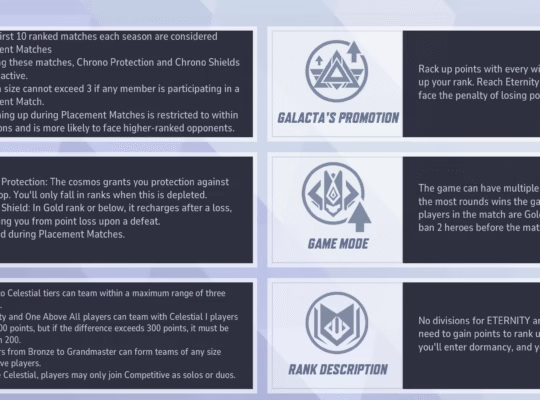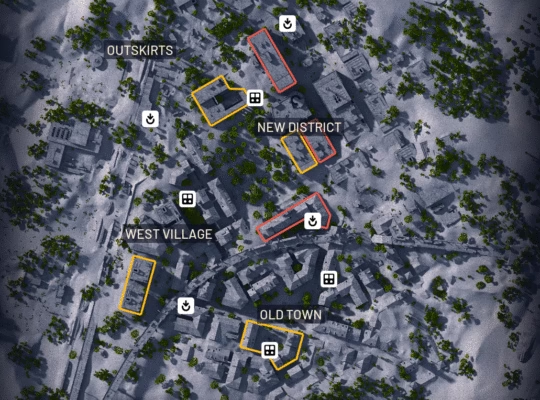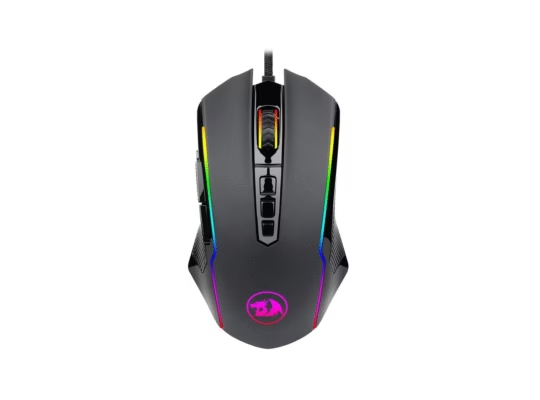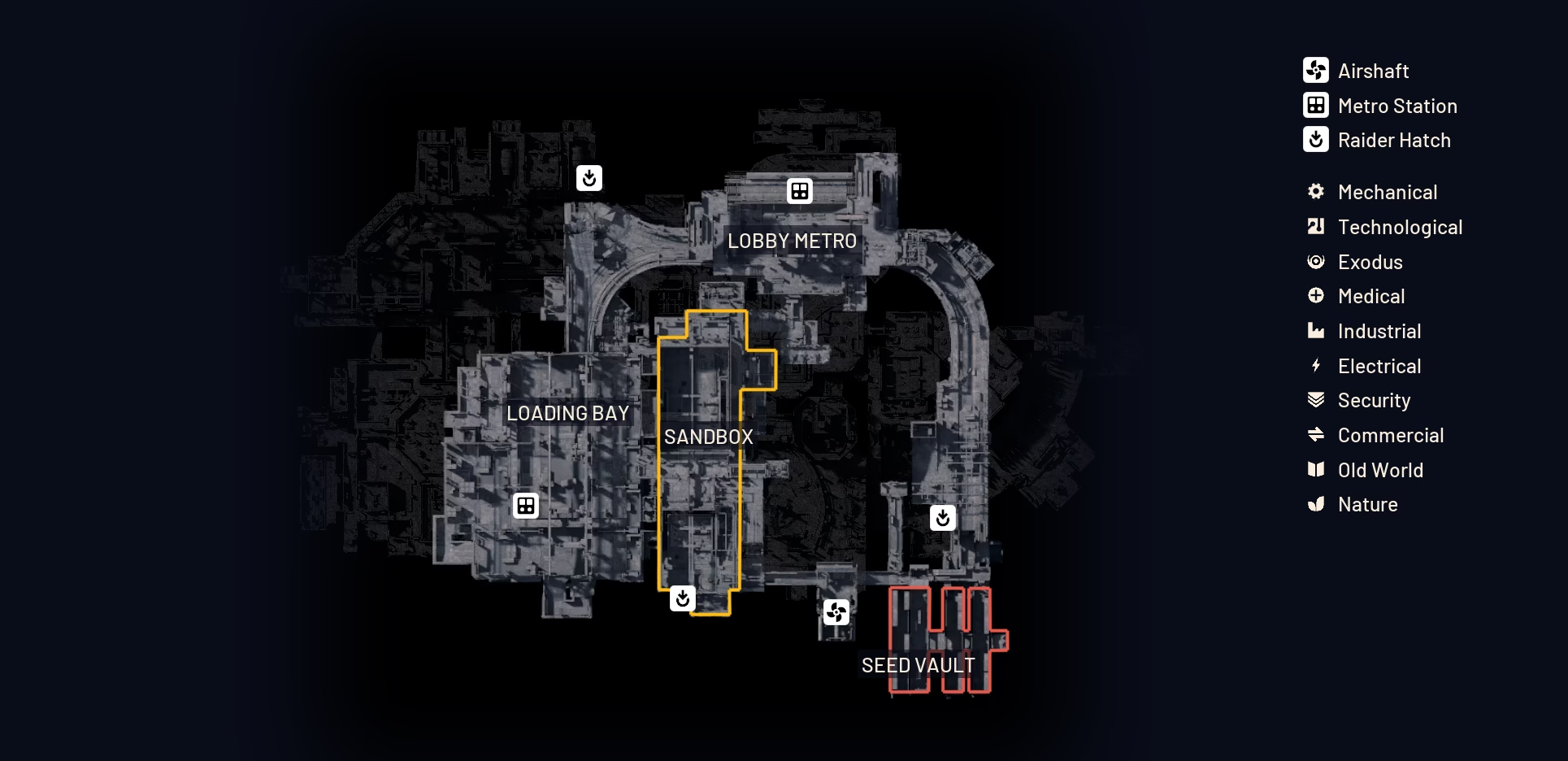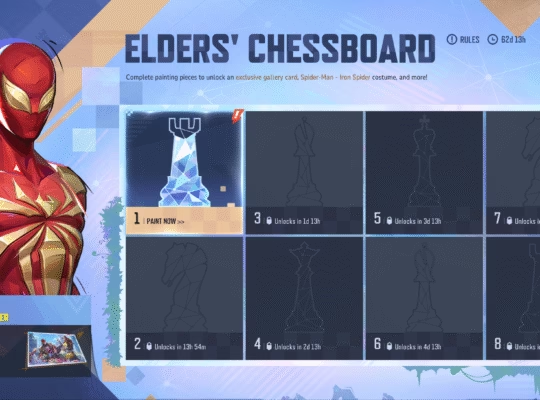Mouse acceleration can feel subtle at first, but for many players of Marvel Rivals it probably changes aim consistency enough to matter, especially in competitive play. This article explains what mouse acceleration is, why some players prefer it disabled, how you can likely turn it off, and what to try next if aiming still feels off. I will present different perspectives, acknowledge uncertainty where it applies, and offer practical steps you can test immediately. The first thing most readers want to see is a short, essential summary, so that follows now.
| Quick reference – essential things to check first | Why this matters |
| In-game mouse acceleration toggle – check Settings, Keyboard tab, Combat or Mouse section | If present, this is the safest, most direct control, and probably the most reliable way to disable acceleration |
| Disable Windows pointer enhancement – open Mouse settings, Additional mouse options, Pointer Options, uncheck Enhance pointer precision | This affects OS level acceleration and can remove unwanted input scaling across all apps |
| Mouse smoothing toggle – if available in game, turn off as well | Smoothing is not acceleration, but it may cause laggy or floaty feeling, so disabling it often helps |
| Verify game is updated – make sure you have the latest patch installed | Developers sometimes add a GUI toggle or remove workarounds, so patch level changes what works |
| Check mouse vendor software – reset to defaults and use in-game sensitivity instead | Vendor apps sometimes apply acceleration or scaling that interferes with raw input |
| If you have edited config files in the past, consider whether those edits are still necessary. | Some players have found that manual config file edits are required to reliably disable acceleration, especially in the presence of bugs in the in-game toggle. Treat manual edits as a potential advanced fix rather than a primary method to be avoided. |
What Mouse Acceleration Is, Why It Is Controversial, and What Remains Uncertain
Mouse acceleration means cursor or crosshair travel is scaled by movement speed, so fast hand movement produces proportionally more on-screen movement than slow movement of the same physical distance. For some players this feature might feel helpful, because it can allow a quick turn with a small wrist movement, but for others it probably breaks muscle memory, because the same physical motion can yield different on-screen results when speed varies.
In shooters and competitive hero combat, many players and coaches argue that disabling acceleration provides a more consistent aiming baseline. This is because raw input maps physical distance to in-game rotation in a repeatable way, which supports the formation of stable muscle memory. At the same time, there are plausible reasons why some players keep it enabled – for example, if they use very high DPI settings and prefer the faster large-turn behavior without needing to lift their mouse.
There are still open questions and edge cases. Peripherals, operating system settings, frame rate variation, and game engine changes can each cause the input experience to vary, so it is reasonable to expect that turning off an apparent acceleration toggle might not fix every complaint. Some users have reported that older manual configuration methods stopped working after updates, while others found the in-game toggle to be the complete fix. As a final thought for RivalsSector readers, because behavior depends on hardware, driver versions, and patch level, further experimentation may be required for your specific setup.
How to Turn Off Mouse Acceleration – Practical Steps You Can Try Now
Below are step-by-step approaches organized by how direct they are likely to be, starting from the simplest and safest methods to deeper troubleshooting. Use them in the order shown, because the least intrusive fixes often solve the issue.
- Use the in-game toggle, if available
- Open Marvel Rivals, press Escape and open Settings.
- Go to Keyboard or Controls, find the Combat and Mouse section.
- Locate Mouse Acceleration and Mouse Smoothing settings.
- Switch Mouse Acceleration Off, and optionally switch Mouse Smoothing Off as well.
- Apply settings and test in a practice match or training area.
This method is probably the most reliable when the option is present, because it changes behavior inside the game itself and typically survives restarts.
- Turn off Windows pointer enhancement
- Open Windows Settings, search or navigate to Mouse settings.
- Click Additional mouse options to open the legacy dialog.
- Select the Pointer Options tab, uncheck Enhance pointer precision.
- Apply changes and test in game.
This affects OS-level acceleration and should always be disabled for consistent aim across all applications. However, be aware that some players have reported that disabling this setting is not sufficient to fix the acceleration bug in Marvel Rivals, as the game may have its own independent issue.
- Open Windows Settings, search or navigate to Mouse settings.
- Check and reset your mouse vendor software
- If you use Logitech, Razer, SteelSeries, Corsair or similar, open the device software.
- Reset DPI profiles to defaults, disable any software acceleration or angle snapping features, and ensure polling rate is at a stable value. While 1000 Hz is a common standard, some users have reported that extremely high polling rates (e.g., 4000 Hz or above) can cause performance issues like stuttering or input lag in some game builds.
- Use the in-game sensitivity rather than software scaling where possible.
Vendor software is sometimes the source of unexpected input scaling, so removing its influence can help isolate the problem.
- If you use Logitech, Razer, SteelSeries, Corsair or similar, open the device software.
- Reverting manual configuration edits, cautiously
- Some players in the past added lines to game config files to force acceleration off, for example by toggling settings under input sections.
- If you previously edited configuration files, consider reverting them to the original state, because updates may have changed which keys are honored.
- If you plan to try edits, create backups first, and do not assume they will be supported by recent patches.
Manual edits may have worked historically, but they could be deprecated or ignored by newer game versions, so treat them as a fallback and not the primary fix.
- Some players in the past added lines to game config files to force acceleration off, for example by toggling settings under input sections.
Method Comparison – Pros and Cons
| Method | How to perform | Likely benefit | Potential drawback |
| In-game toggle | Settings, Keyboard or Controls, Mouse section, set Mouse Acceleration Off | If present, this is the most direct control, but because of reported bugs in early game versions, it may not be the most reliable way to disable acceleration. If you still feel inconsistent aiming after disabling this, further troubleshooting may be required. | May not exist on older builds, or may not fix other input issues |
| Windows pointer options | Disable Enhance pointer precision in Additional mouse options | Affects OS level, consistent across programs | Does not control engine-level acceleration inside the game |
| Mouse software reset | Disable acceleration or scaling within vendor app, use default DPI and reset profiles | Removes vendor level interference, can stabilize input | Some users rely on software features, and changes may feel unfamiliar initially |
| Config file edits | Edit game config files under user AppData, change input flags – backup first | Could force engine settings when GUI lacks option | May be ignored by current builds, risk of introducing errors if misedited |
Troubleshooting When Turning Acceleration off Does Not Fully Fix Aiming
If you have turned off acceleration and the aim still feels inconsistent, consider these complementary steps, because the issue is often multi-faceted.
- Check frame rate stability, because variable frames per second can change perceived input smoothness. Running at a locked and high frame rate tends to reduce perceived input jitter.
- Verify polling rate and USB port, because certain ports or low polling can increase input lag or cause irregular sampling. Try different ports and confirm polling rate in your mouse software.
- Test with a different mouse, if possible, to determine whether the problem is hardware specific.
- Ensure overlays and capture software are not interfering, some recording or overlay programs may add input latency.
- Revisit your in-game sensitivity after disabling acceleration, because what felt right before may now require re-tuning.
- If you previously forced settings with config file edits, try reverting to defaults and then apply the in-game toggle, because conflicting sources of input handling may produce odd results.
A practical test you can perform is the simple 360 degree turn test, which likely reveals whether the game is mapping physical distance to in-game rotation consistently. Pick a reference point, move the mouse a measured distance with a consistent speed, and repeat at different speeds. If the on-screen rotation changes with speed, that is a sign acceleration persists somewhere in the chain – OS, vendor software, or game engine.
How to tune sensitivity and verify consistency
After disabling acceleration, you will probably need to reestablish your sensitivity baseline so muscle memory can develop. The following approach is commonly used and may help you find a consistent setting.
- Choose a DPI that feels manageable, many players use 400 to 1600 DPI depending on their play style and desk space. Lower DPI with larger mouse movement often yields finer control, but this is partly a personal preference.
- Set polling rate to a stable value supported by your device, for example 1000 Hz if your system and mouse can handle it without noise.
- Open a practice arena and perform a series of standardized flicks and tracking drills, noting how many trials feel consistent.
- Change only one setting at a time, such as DPI or in-game sensitivity, so you can attribute changes in feeling to the correct parameter.
- Keep a short log of adjustments and test results, this may accelerate finding a consistent configuration.
It is plausible that different heroes or engagement ranges in Marvel Rivals will favor slightly different sensitivity profiles, so you might create a short-term plan for testing across multiple characters.
Recommendations and concluding perspective
Turning off mouse acceleration is likely to help players who seek predictable, repeatable aim because raw input tends to support stronger muscle memory development. At the same time, do not assume it is a universal cure – hardware, drivers, and frame rate behavior may still influence perceived input. Some players may prefer the convenience of acceleration because it permits faster large turns without lifting the mouse, though many competitive players opt for raw input.
Practical next steps you can take, in order:
- Use the in-game toggle if present, set mouse smoothing off as well, test immediately.
- Disable Enhance pointer precision in Windows and reset vendor software to defaults.
- Verify frame rate, polling rate, and try alternate USB ports or a different mouse.
- If you have previously edited config files, revert them and rely on GUI toggles where possible.
Because the exact behavior can depend on your specific hardware and game build, this guidance may require additional minor adjustments for your environment, and it may be helpful to keep experimenting in small steps until the input feels consistent. Some experts and seasoned players advocate gradual, methodical tuning, and it is reasonable to follow that approach rather than attempting many simultaneous changes.


